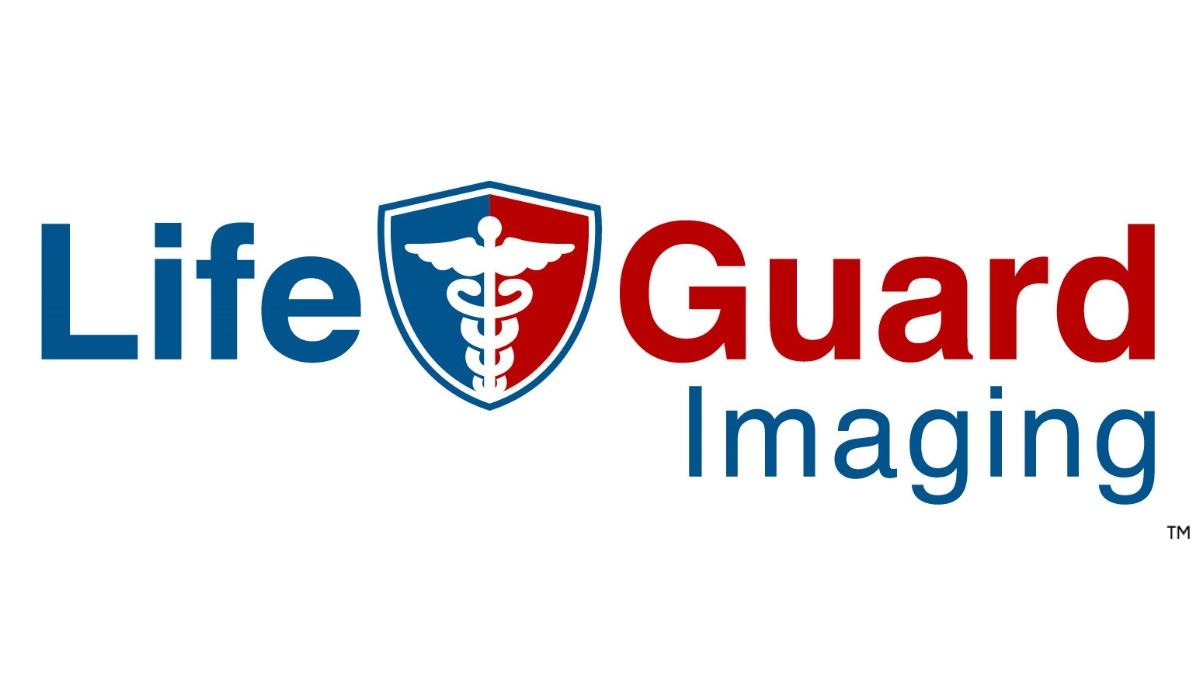Educational Articles for Smarter Health Decisions at Life Guard Imaging in Tampa, FL

3 December 2025
For most people, work is just work. It’s a paycheck and even a way to get through the day. For us, Life Guard Imaging is personal. We’re here because of a loss—a loss that shouldn’t have happened. A loss that changed everything—one that could have been prevented with preventative medical imaging, the very tool we now use to help others avoid the same fate. Our founder, Frankie Maldonado, lost his father nearly 25 years ago to pancreatic cancer. A disease that, if caught earlier, might not have taken him so soon. His father—a doctor himself—spent his life saving others, yet when it was his turn, the technology available at the time missed the signs. It wasn’t because he didn’t seek care. It wasn’t because he didn’t take his health seriously. It was because the right tools didn’t exist for early detection. So, we created Life Guard Imaging to change that.
2 December 2025
No one gets excited about scheduling a colonoscopy, but when it comes to colorectal cancer, catching it early can be life-saving. And for many people, the fear of discomfort or anesthesia is enough to delay or avoid traditional screening altogether. A Virtual Colonoscopy from Life Guard Imaging in Phoenix can truly be a life-saver in these situations. It’s a less invasive, highly effective alternative that gives you critical answers—without the stress.
2 December 2025
You don’t feel your bones getting weaker. You don’t hear it happening. Unfortunately, there’s really no warning sign. Osteoporosis is silently affecting millions of people—often without a single symptom until a fracture occurs. And by then, the damage is already done. The best time to act is before that happens. And a bone density scan in Tampa is the first step. Here’s what to expect, and what your score means.
2 December 2025
You go in with a cough. The doctor orders a chest X-ray. It comes back “clear.” You’re relieved—until the symptoms stick around. Sound familiar? X-rays have been a go-to diagnostic tool for decades. And they’re great—for some things. But when it comes to catching serious conditions early, a chest CT scan can reveal what an X-ray simply can’t. At Life Guard Imaging in Phoenix, we offer low-dose CT chest scans designed specifically for preventative care—to give you answers before a problem becomes a diagnosis.
2 December 2025
Most women don’t think about their bones until something breaks. But by then, it’s already too late. Bone density scans aren’t just for the elderly. They’re one of the smartest, most proactive steps women can take to guard against osteoporosis—a condition that quietly weakens bones and increases the risk of serious fractures. At Life Guard Imaging in Tampa, we’re focused on catching health issues before they catch you. That’s why we offer CT-based bone density scans as part of our larger preventative care approach. It’s not a replacement for your doctor’s advice—but it is a powerful, complementary tool that helps you stay ahead.
2 December 2025
You can’t put a price on peace of mind. But you can tally the cost of a missed diagnosis. And it’s staggering. From mounting hospital bills and delayed treatments to irreversible health damage and missed moments with loved ones—the true cost isn’t just financial or emotional. It’s highly personal, and in many cases, it’s entirely preventable with a simple scan. At Life Guard Imaging in Phoenix, we believe early detection is a strategy. One that complements—not replaces—your primary care. One that gives you a clear picture of your health before symptoms force you into action.
2 December 2025
Just hearing the word “MRI” makes some people sweat. Maybe you’ve been there: sliding into a narrow, loud tunnel, toughing it out. Or maybe you couldn’t do it at all. If claustrophobia has ever kept you from getting the imaging you need—we have good news. CT scans are not as claustrophobic as MRIs. At Life Guard Imaging in Tampa, we use low-dose CT scans that are quick, open, and far less intimidating than traditional MRIs. And when it comes to preventative care, we know that comfort matters just as much as accuracy.
2 December 2025
Just hearing the word “MRI” makes some people sweat. Maybe you’ve been there: sliding into a narrow, loud tunnel, toughing it out. Or maybe you couldn’t do it at all. If claustrophobia has ever kept you from getting the imaging you need—we have good news. CT scans are not as claustrophobic as MRIs. At Life Guard Imaging in Tampa, we use low-dose CT scans that are quick, open, and far less intimidating than traditional MRIs. And when it comes to preventative care, we know that comfort matters just as much as accuracy.
2 December 2025
You make the appointment. You get your blood pressure checked, maybe step on the scale, chat about stress and sleep. If anything seems off, your doctor might order some labs. This is the annual physical—a long-standing staple of responsible healthcare that’s so important. But what if your body is holding onto something your physical exam can’t see? Preventative imaging offers a deeper, clearer look inside your body, complementing your doctor’s work to provide a full picture of your health.
